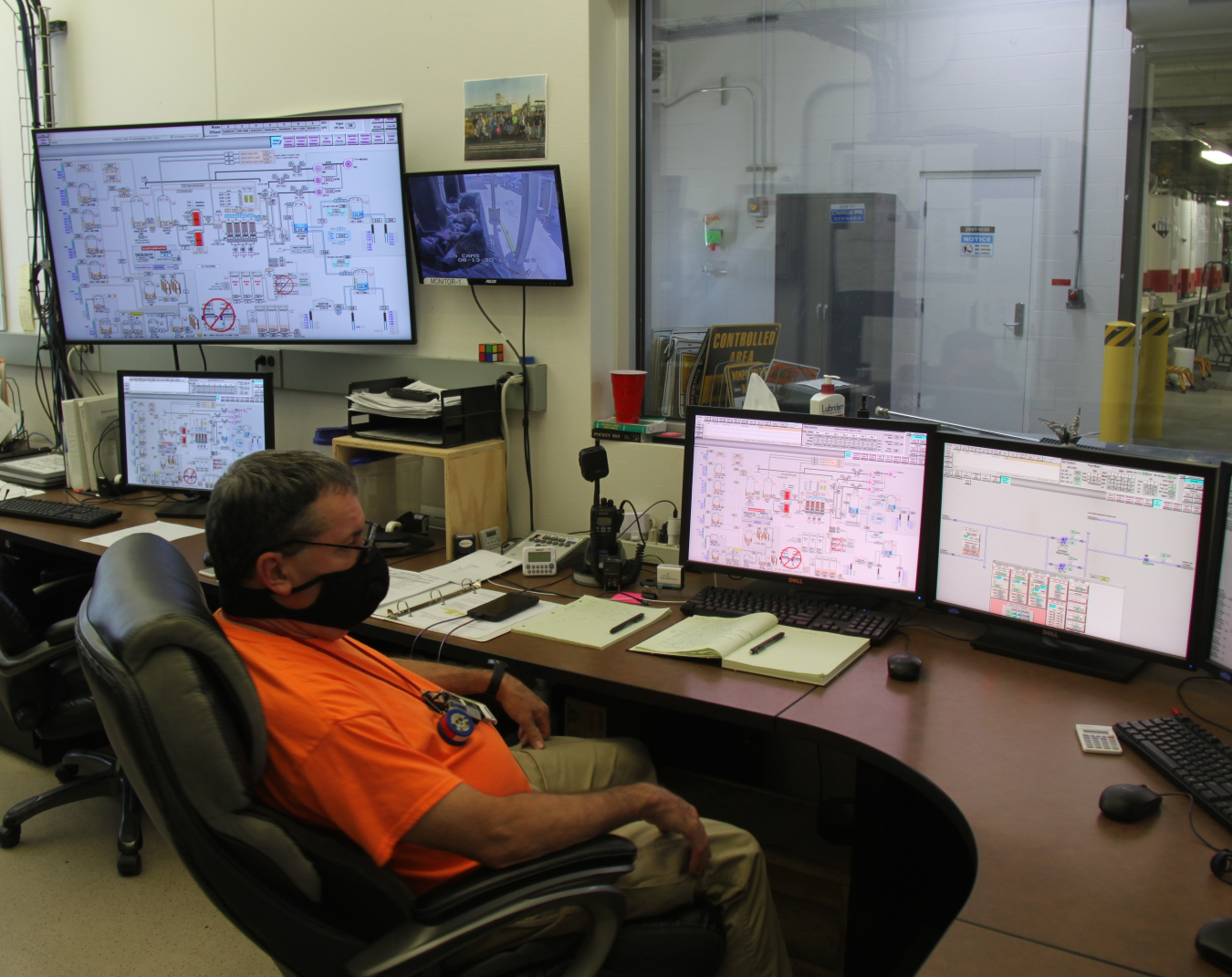Workers at the Hanford Site are celebrating another year of significant progress in protecting the Columbia River.
Office of Environmental Management
September 8, 2020RICHLAND, Wash. – Workers at the Hanford Site are celebrating another year of significant progress in protecting the Columbia River.
Fiscal year (FY) 2020 marks the sixth consecutive year that Hanford has treated more than 2 billion gallons of groundwater to remove contamination from decades of past operations to produce plutonium for the U.S. nuclear weapons program.
EM Richland Operations Office (RL) and contractor CH2M HILL Plateau Remediation Company (CHPRC) have treated an average of 2.4 billion gallons of groundwater a year for the past five years. RL and its contractor expect to reach that goal again when this fiscal year ends on Sept. 30.
“Protecting the Columbia River continues to drive our groundwater treatment efforts,” said Mike Cline, RL’s project director for cleanup of soil and groundwater at Hanford. “Over the past decade, we have significantly reduced the areas of contamination near the river.”
In this video, longtime Hanford employees discuss the collaboration, ingenuity, and pride involved in the design, construction, and continuous improvement of Hanford’s groundwater treatment systems over the past decade.

Hanford workers operate six treatment systems to remove radioactive and chemical contaminants from groundwater along the Columbia River and an area near the center of the Hanford Site called the Central Plateau. This is where massive chemical processing facilities separated plutonium from fission products from the 1940s through the 1980s and discharged billions of gallons of contaminated liquids to soil disposal sites.
The volume of contaminated groundwater from Hanford’s plutonium production mission hasn’t been the only challenge. This year presented a new challenge with the COVID-19 pandemic, which has limited the number of personnel who can work at the site since March.
Fortunately, the advanced technologies in the treatment facilities made it possible for groundwater treatment to continue largely uninterrupted. Operations managers safely monitor the systems remotely — meeting social distancing requirements while ensuring the plants continue to operate efficiently during the site’s phased remobilization of operations.
“The reliability of Hanford’s treatment systems and the experience of our team has been instrumental in our ability to consistently meet — and typically exceed — our annual treatment goals,” said Bill Barrett, vice president of CHPRC’s soil and groundwater remediation project.
Hanford has treated more than 23 billion gallons of groundwater and removed nearly 600 tons of contaminants since the first groundwater facilities began operating in the mid-1990s. The treatment systems have removed most of the chromium contamination along the Columbia River and hundreds of tons of nitrates on the Central Plateau, as well as other contaminants of concern such as carbon tetrachloride, uranium, and technetium-99.

